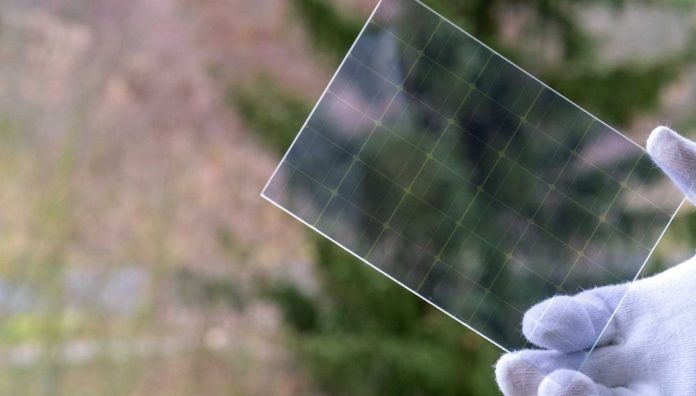Solar panels have often been criticized for their appearance, as they can make buildings and other structures look less attractive. However, a group of researchers has now developed transparent solar cells that could change this perception.
These new solar cells are made using a thin and nearly invisible material, allowing them to have an average visible transparency of 79%. This means they can be placed in various locations, such as windows, car panels, and even on human skin.
Scientists have been working on transparent solar cells for a long time, but finding suitable materials has been a challenge. The researchers were able to create these transparent cells by controlling the contact barriers between a widely used transparent material called indium tin oxide (ITO) and a thin layer of tungsten disulfide.
By coating thin metals onto the ITO and inserting a layer of tungsten oxide, they achieved a solar cell with a power conversion efficiency over 1000 times higher than traditional cells using normal ITO electrodes.
To test the potential applications of these transparent solar cells, the researchers integrated them into a module and placed it on a glass window. The module maintained its transparency, and its performance was measured using a solar simulator.


